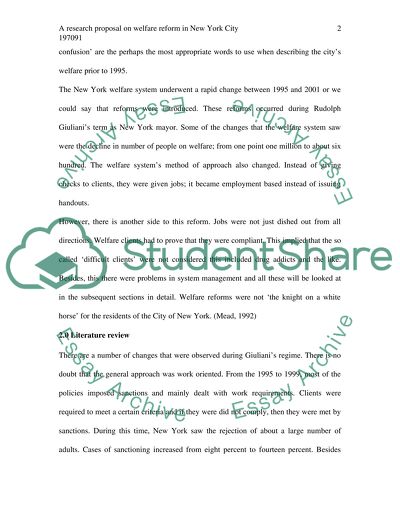Cite this document
(“Does Welfare Reform in New York City Work Essay”, n.d.)
Does Welfare Reform in New York City Work Essay. Retrieved from https://studentshare.org/miscellaneous/1518323-does-welfare-reform-in-new-york-city-work
Does Welfare Reform in New York City Work Essay. Retrieved from https://studentshare.org/miscellaneous/1518323-does-welfare-reform-in-new-york-city-work
(Does Welfare Reform in New York City Work Essay)
Does Welfare Reform in New York City Work Essay. https://studentshare.org/miscellaneous/1518323-does-welfare-reform-in-new-york-city-work.
Does Welfare Reform in New York City Work Essay. https://studentshare.org/miscellaneous/1518323-does-welfare-reform-in-new-york-city-work.
“Does Welfare Reform in New York City Work Essay”, n.d. https://studentshare.org/miscellaneous/1518323-does-welfare-reform-in-new-york-city-work.


